On the 25th of May, Art Capital, Middle-Eastern-Europe’s biggest visual art festival, launched in Szentendre. The central topic of this year is ‘dream’, with 18 new exhibitions and 52 programmes waiting for visitors until the 1st of September. The press conference of the day was held on the 24th May, where organizers and curators presented all productions to journalists, at the same time doing some last-minute works in the galleries.
Gábor Gulyás, main curator of the festival said that one of the biggest challenge will be the performance of The Tragedy of Man, written by Hungarian Romantic author Imre Madách and this time directed by Sardar Tagirovsky. Laboratorium Animae presents the original 19th century text as it is, without any shortenings. Organizers of Art Capital asked a Madách expert who said that this has never happened before. Gábor Gulyás added that it is not only the full text but also the aesthetical level of the production that makes this performance intriguing.

In the middle annex of the ArtMill, there is Kriszta Nagy’s venue-specific exhibition, Sleeping Beauty is Dead. It already came to public discourse before its creation: the artist created a paraphrase of her previous billboard, I’m a Contemporary Painter, related to her newest exhibition. However, the Ethical Ad Hoc Group of the Self-regulating Advertisement Syndicate of Hungary (ÖRT) communicated that the billboard would go against the code of advertisement ethics. They argued that it has open sexual references and uses the name of Sleeping Beauty, which might have a bad influence on the development of children. At a spontaneous performance on the 2nd of May in the city centre of Budapest, Kriszta Nagy modified her own billboard by spreading red spray on it.
Sleeping Beauty not only relates to dream, but this is the fairy tale most often analysed by psychoanalysts. The needle stick is the symbol of a girl maturing to a woman. The installation with all its fake roses is the result of a heroic work
– says Gábor Gulyás. Kriszta Nagy created a video clip as well, and this time, audience can view the un-self-censored billboard, whereas the other one is still to be seen in the city centre of Budapest.

Eva Schlegel’s exhibition, un-limited, invites visitors for a journey, a flight; at one space installation, videos are played with the help of the rotors of a real aeroplane. There are also photographs, like the lacquer technique applied on pornographic pictures, resulting in a hovering of eroticism.
In the Ferenczy Museum, there is an exhibition on Hungarian Surrealism. It shows that although there were no organized surrealist group in the country, there was indeed work of this kind, which contributed to surrealism’s international success.

In the southern annex of ArtMill, there is Substance and Body. Anthropocentrism Toxicosis, by Russian visual artist Dmitry Kavarga. He is a well-known personality of posthuman art and tries to identify such phenomena which are independent from humanity.

He has monumental statues and reliefs that are rich of detail, created with polymer materials and sometimes with 3D printing. He also creates kinetic, moving machines and interactive installations, supplemented with video and audio materials.

In the first three days of the festival on the Main Square of Szentendre, films related to ‘dream’ were broadcasted, such as Inception, On Body and Soul, Professor Hannibal, Lajkó – Gypsy in Space, Alice in Wonderland, Liza the Fox-Fairy, or Ruben Brandt, Collector. Audience could watch these for free.

In twelve one-person projection cabins all around in Szentendre, actors personify important figures of world literature, reciting famous dreams.

Here you can find the full programme of Art Capital.
Article: Zsolt Várkonyi
Translation: Zsófia Hacsek

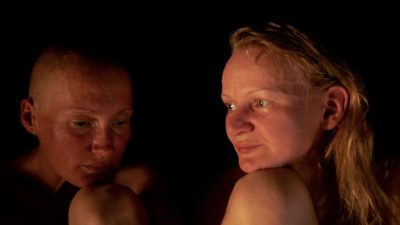
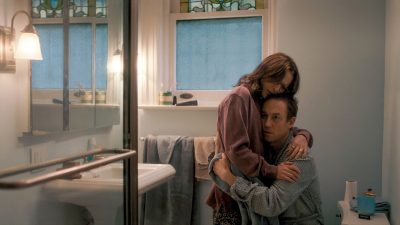
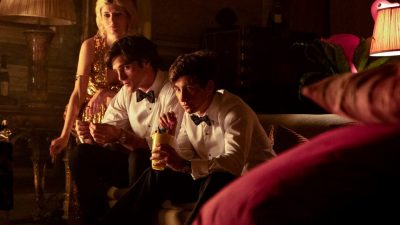
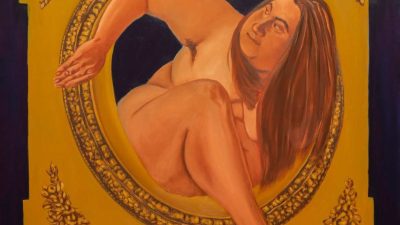
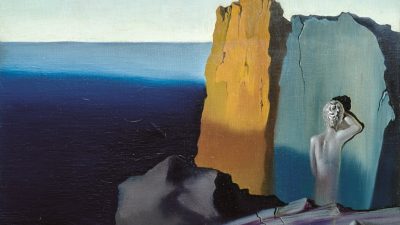
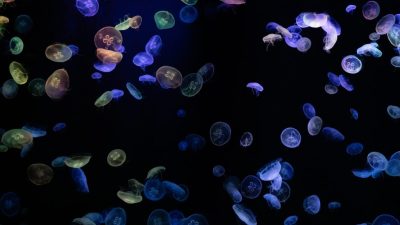


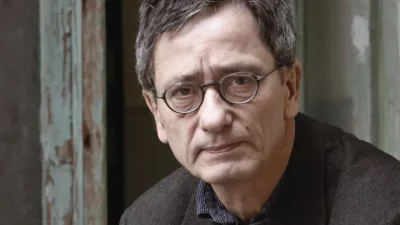



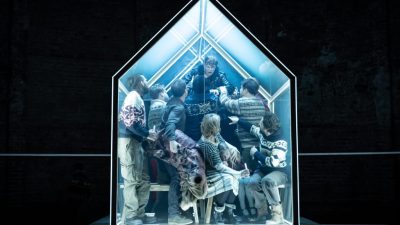






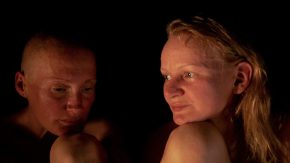
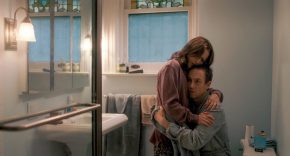

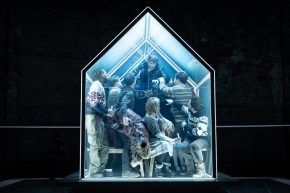


Comments